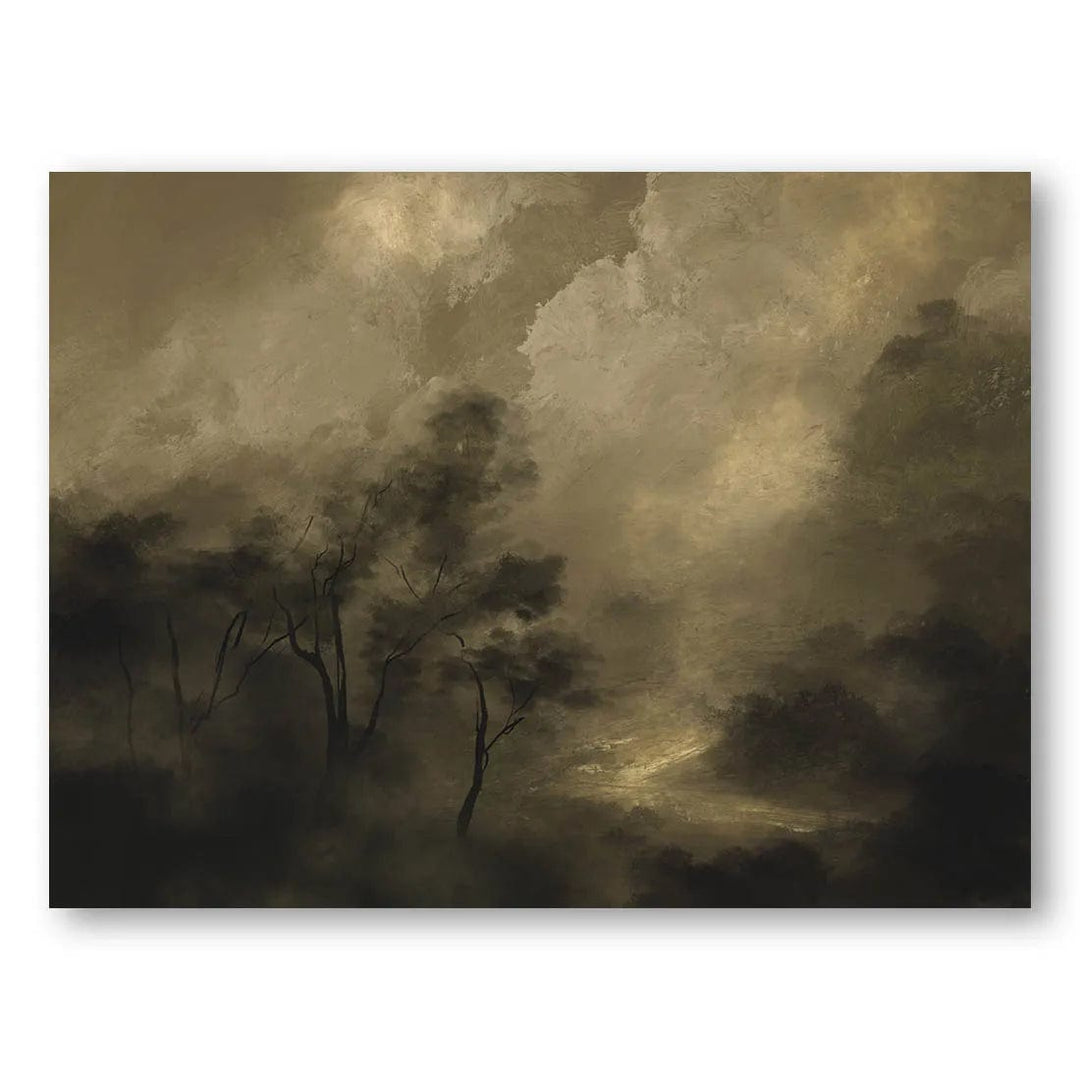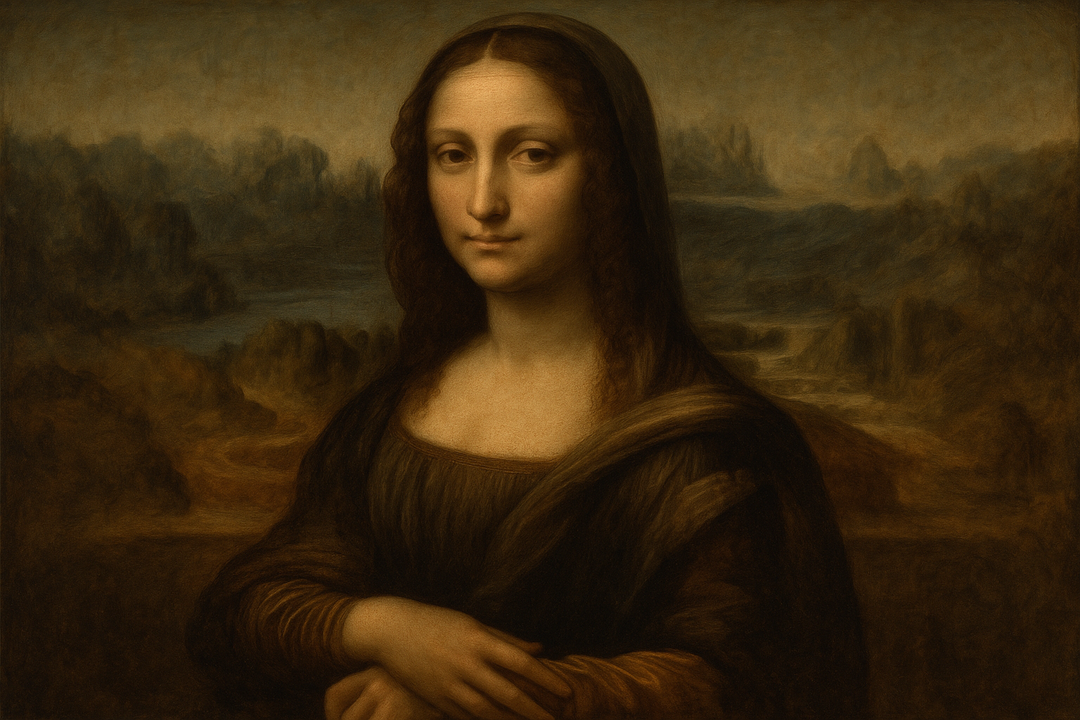Key Takeaways
- UV printing uses ultraviolet light to instantly cure specially formulated inks on contact
- Produces highly durable, scratch-resistant prints that resist fading for years
- Compatible with diverse substrates including glass, metal, wood, plastic, and ceramics
- Environmentally friendly with minimal VOC emissions and energy-efficient LED systems
- Ideal for promotional products, signage, packaging, and custom personalization
Are you tired of prints that fade, scratch, or deteriorate after minimal use? UV printing technology has revolutionized the industry by using ultraviolet light to instantly cure inks, creating prints that are both stunning and incredibly durable. This advanced method delivers vibrant colors, exceptional detail, and longevity that traditional printing simply cannot match.
Whether you're creating promotional products, custom signage, or personalized items, UV printing opens up possibilities that were previously impossible with conventional methods. This comprehensive guide explores everything you need to know about this game-changing technology.
What is UV Printing?
UV printing, also known as ultraviolet printing, is a digital printing technology that uses UV light to instantly cure and harden specially formulated inks directly on the substrate surface. Unlike traditional printing methods that rely on heat or air drying, UV printing employs photoinitiators in the ink that react to ultraviolet light, creating an immediate chemical bond.

The UV printing process: instant curing creates durable, professional-quality results
How It Works: As UV-curable ink is deposited onto the substrate, powerful UV-LED lights positioned near the print nozzle instantly cure the ink, preventing spreading and ensuring sharp detail. This process creates prints that are immediately ready for handling and use.
Why Choose UV Printing Over Other Methods?

Quality comparison: traditional printing versus UV printing durability and vibrancy
UV printing offers significant advantages over conventional printing methods, making it the preferred choice for applications requiring durability, precision, and versatility.
Superior Durability and Quality
- Fade Resistance: UV prints resist fading for years, even under direct sunlight and harsh weather conditions
- Scratch Resistance: Cured UV inks create a durable surface that resists scratching and abrasion
- Water Resistance: Non-porous ink layer repels moisture and prevents smudging
- Vibrant Colors: Instant curing prevents ink absorption, maintaining color saturation and detail
Operational Advantages
Instant Production Benefits
- Zero Drying Time: Prints are ready immediately after printing
- Higher Productivity: No waiting between production runs
- Reduced Waste: Eliminates smudging and handling damage during drying
- Cost Efficiency: Lower overhead costs compared to screen or pad printing processes
Material Compatibility: What Can UV Printing Handle?

UV printing substrate compatibility: versatile application across diverse materials
UV printing's versatility extends to an impressive range of substrates, enabling creative applications that traditional printing cannot achieve. The instant curing process means the ink doesn't absorb into materials, allowing printing on both porous and non-porous surfaces.
Technical Note: For optimal results, substrates should be as flat as possible for accurate dot precision. For curved objects like tumblers, UV Direct-to-Film (DTF) transfers provide an excellent alternative solution.
Top 10 Applications: Where Can UV Printing Be Used?

Real-world UV printing applications across diverse products and industries
UV printing's versatility makes it valuable across numerous industries and applications. Here are the most popular and profitable uses:
Commercial & Industrial Applications
- Promotional Products: Custom phone cases, keychains, pens, and corporate gifts with permanent branding
- Signage & Displays: Indoor/outdoor signs, exhibition graphics, and point-of-sale materials
- Packaging: Food-safe labeling, cosmetic packaging, and industrial component marking
- Automotive: Dashboard customization, interior trim, and branded accessories
- Electronics: Device casings, control panels, and protective covers
Creative & Personalization
- Art & Photography: High-resolution reproductions on canvas, acrylic, and specialty art substrates
- Home Décor: Custom wall panels, decorative tiles, and personalized furniture elements
- Drinkware: Permanent graphics on glassware, ceramic mugs, and promotional bottles
- Textiles (DTF): Transfer films for custom apparel and fabric applications
- Medical & Healthcare: Device labeling, pharmaceutical packaging, and ADA-compliant braille signage
UV Printing vs. Traditional Methods
Understanding how UV printing compares to other methods helps determine the best approach for specific projects. Each technology has distinct advantages depending on application requirements.
Cost Analysis: UV Printing for Businesses
While UV printing equipment requires higher initial investment, the operational benefits often justify costs for businesses focused on quality and efficiency.
Investment Considerations
- Equipment Costs: $8,495-$50,000+ depending on size and capabilities
- Ink Costs: UV inks cost more but provide better coverage and durability
- Operational Savings: No drying time, reduced waste, higher productivity
- Premium Pricing: UV quality commands higher prices for finished products

Industrial UV flatbed printer demonstrating instant curing technology in action
Environmental Impact & Sustainability
UV printing stands out as an eco-friendly printing option with several environmental advantages over traditional methods.
Environmental Benefits
- Low VOC Emissions: UV inks don't emit harmful volatile organic compounds
- Energy Efficiency: LED UV systems consume significantly less energy than traditional heat-drying
- No Solvents Required: Eliminates need for harmful chemical solvents
- Reduced Waste: Instant curing prevents spoilage and reduces reprints
- Longer Product Life: Durable prints reduce replacement frequency
Frequently Asked Questions
Is UV printing safe for food packaging?
Yes, when using food-safe UV inks and proper curing. The pharmaceutical and food industries rely on UV printing for compliant packaging that meets regulatory standards while providing security features.
Can UV printing work on curved surfaces?
Direct UV printing works best on flat surfaces for optimal quality. For curved objects like bottles or tumblers, UV Direct-to-Film (DTF) transfers provide excellent results with the same durability and fade resistance as direct printing.
How long do UV prints last?
UV prints can maintain their quality for 5-10 years outdoors and significantly longer indoors. The exact lifespan depends on UV exposure, handling, and environmental conditions. Proper maintenance can extend life even further.
Is UV printing suitable for fabric?
Direct UV printing on fabric isn't recommended due to ink stiffness. However, UV DTF (Direct-to-Film) printing creates transfers that can be applied to textiles, combining UV durability with fabric flexibility.
Maintenance & Longevity: Caring for UV Printed Products
Proper care ensures UV printed products maintain their appearance and functionality throughout their intended lifespan.
Care Guidelines
- Cleaning: Use mild detergents and soft cloths; avoid abrasive cleaners
- Storage: Keep in moderate temperatures away from extreme heat or cold
- Handling: While scratch-resistant, avoid unnecessary rough handling
- UV Protection: For maximum longevity, minimize prolonged direct UV exposure when possible
Explore UV-Compatible Art Prints
Discover high-quality art prints perfect for UV printing applications, showcasing the exceptional detail and vibrancy this technology can achieve.
The Future of UV Printing
UV printing technology continues evolving with advances in LED efficiency, ink chemistry, and printer capabilities. Industry experts predict continued growth in personalization markets and specialty applications, making UV printing an increasingly valuable technology for businesses across all sectors.
The convergence of UV printing with other technologies like 3D texturing and tactile printing opens new possibilities for creating truly unique products that engage multiple senses and provide enhanced value for customers.
Experience UV Printing Excellence
UV printing technology represents the future of durable, high-quality printing. Whether you're creating promotional products, custom signage, or personalized gifts, UV printing delivers unmatched durability, vibrant colors, and professional results that traditional methods simply cannot achieve.
Last Updated: September 8, 2025 | Sources: ColDesi UV Technology, All Print Heads, Clash Graphics, Roland DG, and professional printing industry publications

















